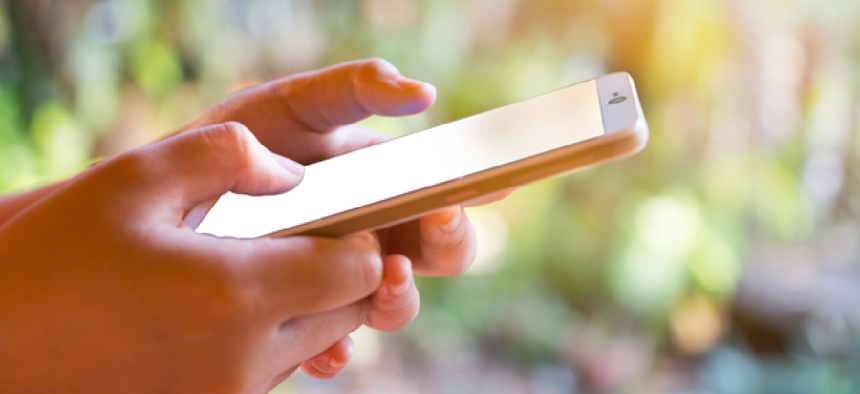What we learned building a mobile app

Mobile apps are well worth the investment and will pay off in cost savings, efficiency and a better experience for an agency's mobile-savvy users.
When I started at the Federal Probation and Pretrial Academy (FPPA) in 2015, the message from our students was clear: We need a mobile app.
That feedback came as no surprise. As an agency that runs dozens of simultaneous courses that annually train 375 newly hired officers and approximately 1,100 experienced officers in advanced programs, we have a revolving door of students who rely on up-to-date schedule details as they change venues throughout the day. In the past, we’d always printed out hard copies of weekly schedules and orientation materials, but those papers became instantly out of date with the slightest change.
It was challenging for students; we weren’t communicating information to them in the way they expected -- via their mobile devices. It was an administrative challenge for staff who spent hours every week formatting schedules to be printed, and it was expensive to print so many documents.
Initially, a student intern created a mobile app, but we realized it would be too difficult to support and maintain once he moved on. As a result, we decided to use an off-the-shelf mobile app platform where the heavy lifting was already done. We started out by creating an app centered around class schedules, then readily expanded it to include everything from orientation checklists and emergency contacts to bus and recreation schedules, the dining hall menu and even social information like movie listings and fishing outings. Today, it is certainly one of the most effective tools we have to continually communicate dynamic content to changing groups of students.
Agencies looking to add mobile apps to employee training, events or even internal communications should follow these steps to gain the support they need from leadership and lay the foundation for a smooth launch.
1. Build a prototype. Create mock-up screens (including artwork and icons) and take advantage of the ability to build a free online demo to help others visualize the end product. The mock-up of what our branded FPPA mobile app would look like gave me the biggest “bang for my buck.” I paired those mock-ups with talking points about the app’s value for dozens of presentations with both the leadership and other teams and departments.
2. Understand the time requirement. It’s critical to have an accurate understanding of what’s required in maintaining an app. Many thought that updating information for the app would be too time intensive; however, I ran my own time tests and found it would only take me one hour per week to upload all of our schedules and add new information.
3. Anticipate questions. I cannot underestimate the importance of being able to anticipate roadblocks. Be prepared with answers to questions such as: What kind of staffing is needed to support the app? How much will it cost to build? How much will it cost if we don’t build the app? What do you know about the technology provider? How secure is the app? Who is the target user? Which features will be used? Who owns the information? How will this impact end users? How will we know it is a success?
4. Know internal processes and gather contacts. Research the steps needed to move the app from procurement to deployment and gather a list of contacts for each stage. It’s important to follow the agency’s process is for introducing and deploying new apps; and if there’s no current process, find out who can create one. If a problem arises, invite leaders into the conversation. It’s helpful to have a committee in place, and once leadership is on board, they can help wave the flag for the project. From the get-go, I was very fortunate to have leadership support.
5. Explore security limitations. It was especially valuable to have security professionals involved from the beginning -- this includes both our internal agency team and the security team from our mobile app platform vendor -- participating in meetings and sitting in on calls to answer a litany of questions and address any concerns. Be sure to understand the following issues:
- What can and cannot be included in the app? (e.g. for us, it was no addresses and no last names, with the exception of emergency contact info).
- What is the process for clearing this app for the agency’s mobile device management system?
- What is the workflow for giving students and instructors access information to download the app?
The FPPA mobile app was an instant success for the academy. We have extremely high download rates for the app and have stopped providing paper schedules and materials. We were especially grateful for the app after returning to campus following the Hurricane Irma evacuation. Classes were thrown completely off schedule, but instead of spending hours upon hours reorganizing, reformatting and reprinting paper schedules, we were able to easily update all relevant information directly in the app -- in mere minutes.
The world has shifted. Mobile is the expected way to communicate and is the most effective way to engage with students and instructors. The effort to innovate is well worth the investment and will pay off in cost savings, efficiency and a better experience for an agency's mobile-savvy users.
NEXT STORY: FAA promotes data awareness





